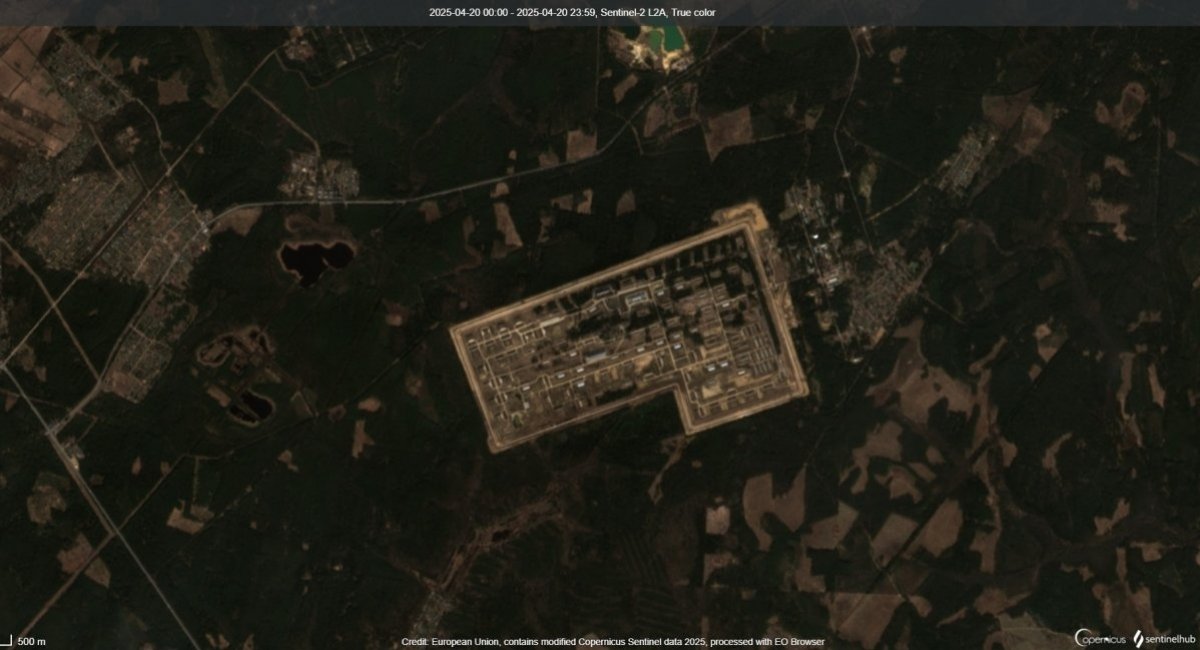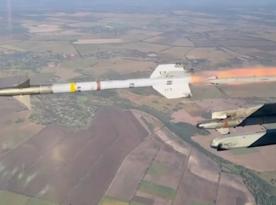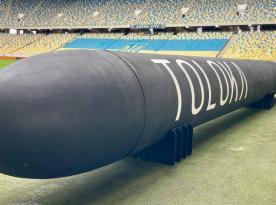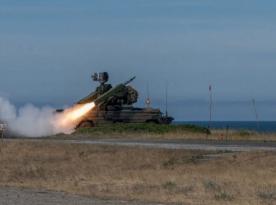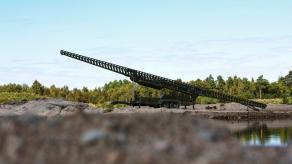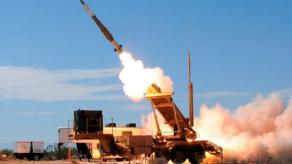The 51st arsenal of the Main Missile and Artillery Directorate of the russian Ministry of Defense, destroyed on Tuesday, April 22, is the fourth GRAU arsenal to cease to exist, following the destruction of the 23rd, 67th, and 107th arsenals in the fall of 2024.
We are talking about this category of facilities, because not all ammunition depots that have been successfully destroyed. For instance, last year on August 24, an ammunition depot in Voronezh Oblast near the city of Ostrogozhsk, where 5,000 tons of ammunition were stored, was successfully attacked. On March 20 this year, a warehouse of aviation ammunition, including cruise missiles, was destroyed in Engels. However these facilities were not the GRAU arsenals.
Read more: russian Troops Invent Strange Armored Train, Already Hit by Ukrainian Drone
At the same time, the GRAU arsenals are separate military units that store a strategic reserve of ammunition, which is then distributed to smaller depots. In the structure of ammunition distribution, it is an important logistics hub. In addition, it repairs, maintains and restores all ammunition: missiles, rockets, artillery shells, mortar shells, etc. In other words, their value is much greater than that of a simple storage facility; they are, in fact, a complex system.
There are not many such facilities in the russian federation. If we take into account the known GRAU arsenals, where ammunition is stored within the potential reach of Ukrainian long-range assets, we are talking about 11 facilities with a similar status. After the first three in 2024, we are now talking about four destroyed facilities in total.
At the same time, after the "first season" of attacks in the fall of 2024, russian troops halved the use of artillery. According to the Commander-in-Chief of the Armed Forces of Ukraine Oleksandr Syrskyi, before these attacks, the enemy was using 40,000 rounds of various types of ammunition every day; afterwards, this number dropped to 23,000. Now, it is quite possible that the "second season" has begun.
In general, the situation is as follows (the map below is not intended to be an exhaustive list and does not cover all of russia's large ammunition depots):
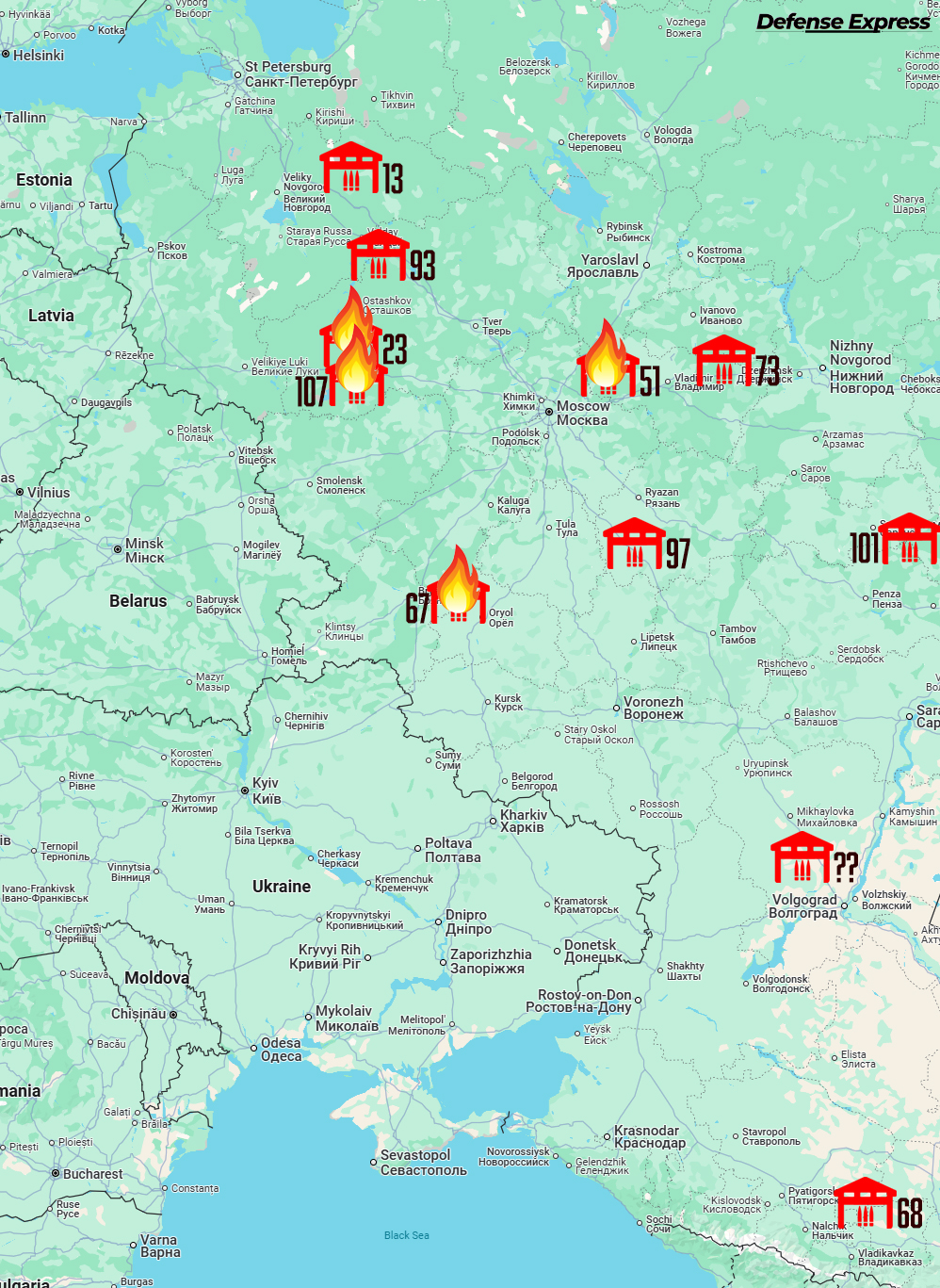
Additionally, some GRAU arsenals do not store ammunition, but rather artillery or other equipment, though not shells, as is the case with the 8th arsenal in Rybinsk, Yaroslavl Oblast. Some facilities were closed, as in Mozhaysk, and some were reformatted into defense enterprises, as the 53rd arsenal near Dzerzhinsk. These facilities are not shown on the map.
It should be noted that the 51st GRAU arsenal was located only 60 kilometers from Moscow. This is the closest such facility to the Russian capital, around which the most concentrated air defense system has been deployed. That's why this effective attack was characterized by increased complexity. At the same time, it is not yet known what exactly caused this blow.
It is not known exactly how much ammunition was stored at the time of the explosion at the 51st GRAU arsenal, located east of Moscow near the town of Kirzhach, Vladimir Oblast. The stated design capacity of this facility, covering an area of about 3.5 square kilometers, is up to 264,000 tons. At the same time, a figure of approximately 105,000 tons was reported by russian media in 2009.
Earlier, Defense Express reported on satellite images that had revealed the destruction of russia’s 51st GRAU arsenal near Moscow.
Read more: Kyiv Comes Under Attack By North Korean KN-23 Ballistic Missiles




